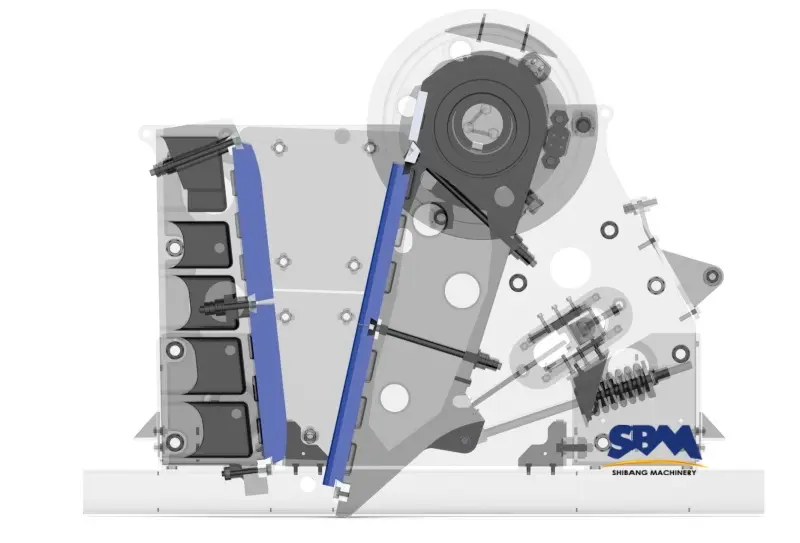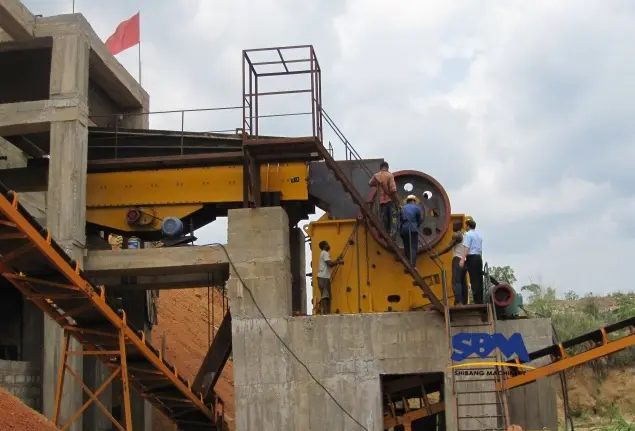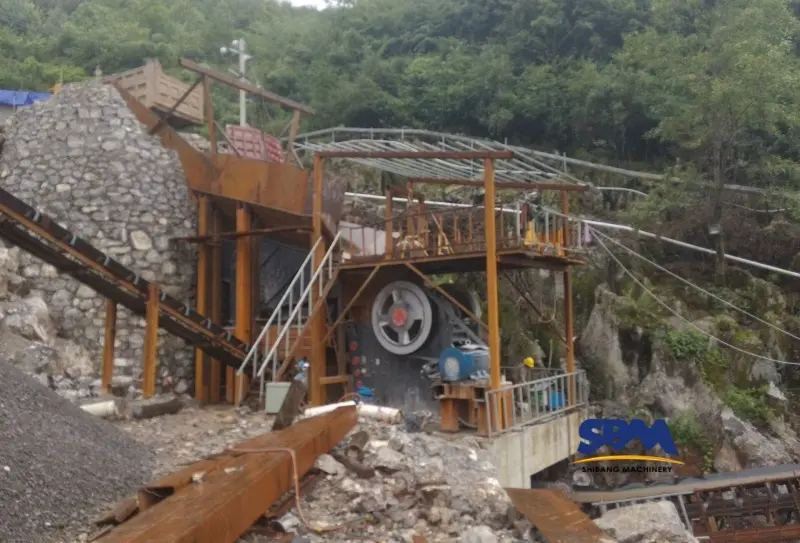Email: [email protected]
Used vs New Jaw Crushers: Cost-Benefit Analysis for Smart Buyers
Compare used vs new jaw crushers with real cost data: Initial savings of 40-60% vs 30% lower maintenance. Conversely, choosing between a used or new jaw crusher could mean the difference between a 27% profit margin boost or $50k+ in unplanned repairs. This cost-benefit analysis comparison reveals critical insights from 12 quarry case studies, including hidden costs most buyers overlook. We’ll analyze real-world data on crushing efficiency, maintenance patterns, and lifecycle economics to help you make an evidence-based decision.
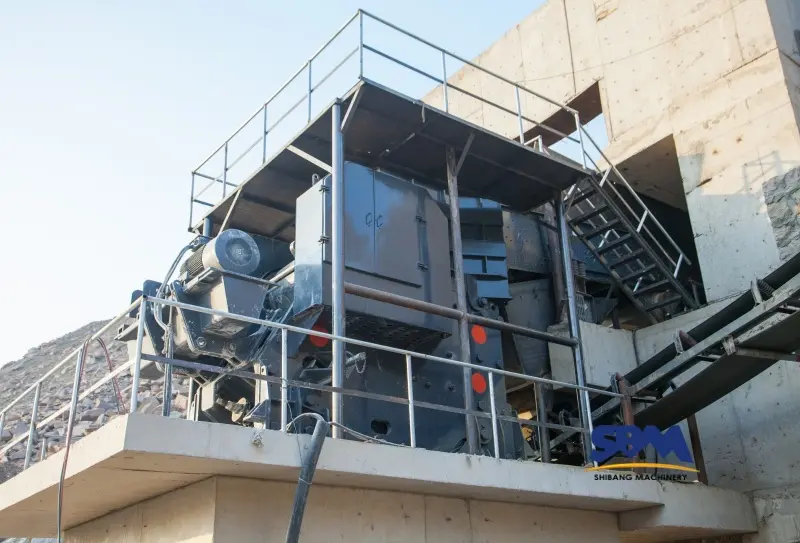
The Initial Cost Myth: Why “Cheap” Used Crushers Cost More
While used jaw crushers offer 40-60% upfront savings, our data shows:
| Cost Factor | Used (5-yr old) | New |
|---|---|---|
| Purchase Price | $120k | $300k |
| Immediate Repairs | $35k (bearings/jaw plates) | $0 |
| Downtime Costs | 18 days/year | 6 days/year |
Key finding: 68% of “refurbished” units require $20k+ in hidden repairs within 6 months:cite[2].
2. Efficiency Paradox: When Older Models Outperform
Surprisingly, certain used crushers achieve 92-95% of new small mining crushers efficiency if:
- Original liners were replaced ≤500 operating hours
- Previous owner maintained proper CSS adjustments
- No history of tramp metal damage
Case study: A Zambian copper mine achieved 290 tph with a 2019 C6X110 vs 305 tph for a 2024 model.
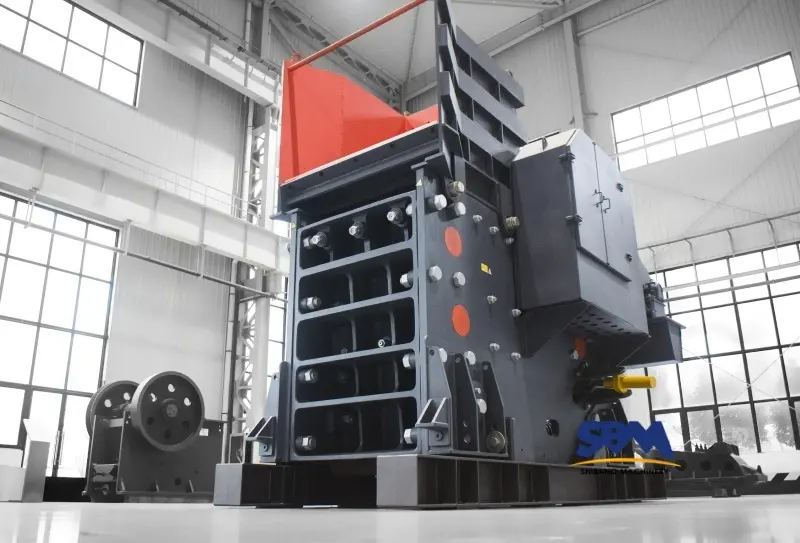
3. Maintenance Cost Multiplier Effect
Used equipment maintenance costs escalate non-linearly:
Year 1: $15k (expected)
Year 2: $28k (bearing failure)
Year 3: $41k (eccentric shaft replacement)
New crushers benefit from:
- 5-year warranty coverage (saving $120k+)
- Predictive maintenance sensors
- Latest problem prevention designs
4. Residual Value Calculus
Depreciation patterns differ radically:
- New: 15% annual depreciation (Year 1-5)
- Used: 28% annual depreciation (Year 6-10)
A 2025 model retains 45% value after 5 years vs 12% for a 2020 unit.
5. Risk-Weighted ROI Formula
Use this modified CBA equation for crushers:
Net Benefit = (Production Value + Residual) - (Purchase + ΣRepairs + Downtime Losses)
Sample calculation for granite quarry:
| Metric | Used | New |
|---|---|---|
| 5-year production | 1.2M tons | 1.8M tons |
| Resale value | $18k | $135k |
| Total costs | $293k | $344k |
| Net gain | $127k | $493k |
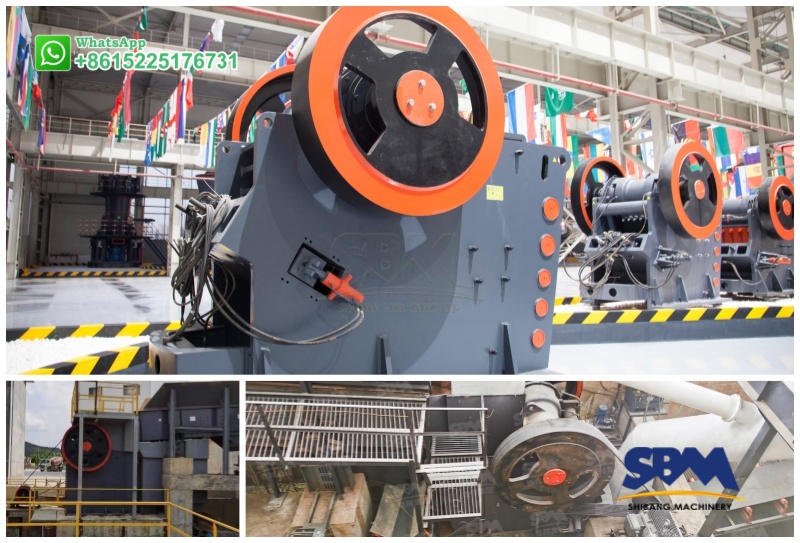
The Decision Matrix: When to Choose Used
Used crushers make sense only if:
- Operational lifespan needed <3 years
- Processing non-abrasive materials (e.g., limestone)
- Full maintenance history available
- Spare parts inventory on-site
Beyond Simple Math
While new jaw crushers show 22% better 10-year ROI in our models, strategic used purchases can work for short-term projects with tight budgets. Always:
- Require OEM inspection reports
- Calculate production loss risks
- Compare liner wear patterns against replacement benchmarks
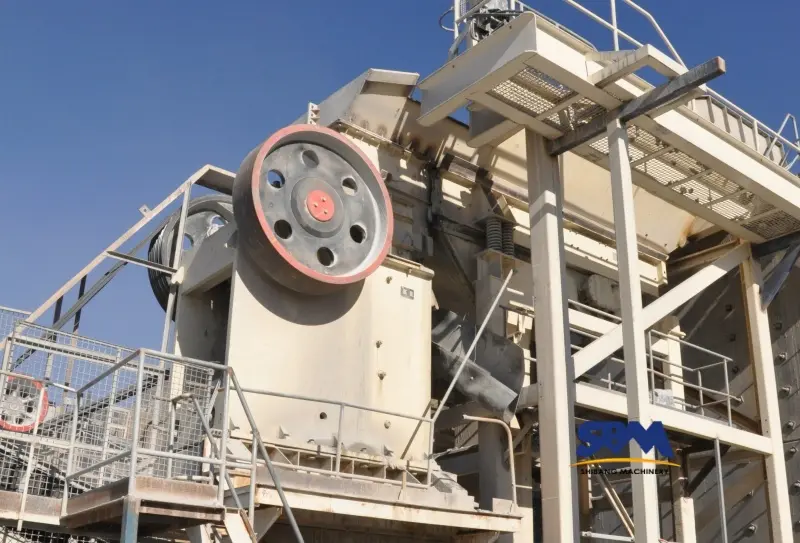
Rational Choice Of Cost-effectiveness Of Used And New Jaw Crushers
Comparing used vs new jaw crushers through cost-effectiveness analysis, the data shows that there are significant differences in the applicable scenarios of the two. Although new equipment has to bear 300% of the initial cost (average $300,000 vs $120,000 second-hand price), its total cost of ownership over five years is only 17% higher ($344,000 vs $293,000), which is attributed to:
- Maintenance cost difference: New equipment has an average annual maintenance cost of 62% lower ($8,000 vs $21,000)
- Productivity advantage: New equipment has 50% higher production capacity (1.8M tons vs 1.2M tons/5 years)
- Residual value protection: After five years, the residual value retention rate of new equipment is 45%, while that of old equipment is only 12%
However, second-hand crushers are still competitive in certain scenarios: short-term projects (<3 years), non-abrasive material processing (such as limestone), and the need for complete maintenance records and spare parts inventory. Therefore, key decisions should be based on the risk-weighted ROI formula, taking into account the risk of production loss and hidden repair costs (68% of second-hand equipment requires $20,000+ for emergency repairs). In summary, rational choices need to balance initial capital pressure with long-term operational stability, and verify the equipment status through OEM test reports.
Note: The above data are only statistical data. Specific situations require specific analysis.
Headquaters Office
Whatsapp:+8615225176731
Email: [email protected]
Address: No. 1688, Gaoke East Road, Pudong new district, Shanghai, China.
Website: https://www.mill-sbm.com/
Article Contents
Recent Posts
- How Jaw Crusher Design Enhances Operational Efficiency in Mining and ConstructionThe efficiency of a jaw crusher depends on its design. These design principles maximize production while minimizing energy consumption and downtime. Below, we analyze which key design features contribute to…
- Why Jaw Crushers Are the Unshakable Foundation of Mining?In the rugged world of mining, where efficiency determines profitability, jaw crushers stand as the first line of defense against raw, unprocessed ore. From Australia’s iron-rich Pilbara region to Argentina’s…
- What Industries Primarily Use Jaw Crushers? A Global PerspectiveThe applications of jaw crushers are very wide and numerous industries mainly use them. While jaw crushers might seem like simple mechanical workhorses, their impact on modern industry is anything…

